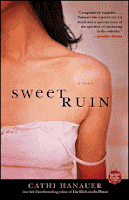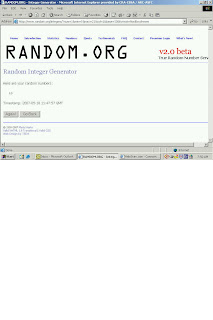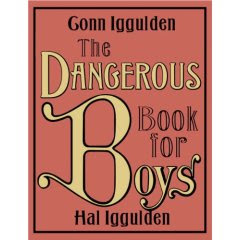Today is my turn to host a stop on the MotherTalk blog book tour for Sharon Epperson’s The Big Payoff: 8 Steps Couples Can Take To Make The Most Of Their Money — And Live Richly Ever After. (Disclosure: I got a complimentary copy of the unedited proof and a small honourarium for participating in the book tour, and the link is built through my Amazon Associates account.)
I was interested in this book because my finances are a bit of a weak spot. We make a good chunk of change as a family, certainly more than I ever expected to make, and while we own our own home and half of a three-year old car (we’ll own the other half in another three years), we have what I consider to be a sickening amount of debt, mostly consumer debt and the tail-end of Beloved’s student loans. If we could get out from under the debt we’d be in great shape, but too much of our income goes to paying down the debt and we haven’t really got a savings plan – nor have we started socking away money for the boys’ bail college funds. I have the golden-handcuffs security of a freedom 55 government pension, but Beloved jokes that he’ll be working from beyond the grave. In short, we’re luckier than average in a lot of ways, but there are still lots of areas we need to work on.
Unfortunately, this book wasn’t a huge amount of help for our family situation for one key reason: we’re Canadian. This book has great information about 401(k)s and IRAs, 529 plans and Coverdell Accounts – none of which exist here. If you are American and looking for a great book with lots of specific details on the various types of accounts and tools you can use, I’d highly recommend this book.
The author, Sharon Epperson is a CNBC business correspondent and frequent contributor to a financial column in USA Weekend Magazine. She writes on what can be a complex and, let’s admit it, somewhat dry subject with an easy style. The book is well-organized and easy to follow, even for a Canadian like me – I now have a greater understanding of American financial tools and options, at the very least.
In addition to the specifics of the American system, there was a lot of good general information, too. I particularly liked the section where Epperson reiterates the “60% solution” conceptualized by MSN Money editor in chief Richard Jenkins. The theory is that you limit all essential spending to 60% of your gross income. This essential spending, called “committed income”, includes household expenses like rent/mortgage, home insurance, taxes, phone, utilities, basic food and clothing, basic transportation (including car payments, maintenance, gas, public transportation fees, etc.), insurance premiums, and fixed expenses like childcare. The remaining 40% of your income should be roughly divided into four groups: retirement savings, long-term savings and/or emergency fund; short-term savings, and fun money.
I have to admit, I haven’t had time in this topsy-turvy month to actually sit down and figure all this stuff out, but I know I’m going to have to do it soon. The other issue that Epperson raises that had me toe-ing the carpet in guilty embarrassment was the need to sit down with your partner and create a budget. I’m terrible for budgeting, and I’m worse for communicating about finances. Beloved and I each have control over our own money, and I take care of most of the household expenses. In fact, our only joint account is the mortgage. We really have very little idea how much the other makes or where the money is going. It works for us, but it’s not terribly practical. Epperson notes that “a budget helps facilitate communication.” I think this is the best take-away from this book for me. The budget isn’t a be-all end-all, but a tool to help foster financial openness. It’s on the to-do list, I swear it is!
I had a few other grumblings about this book. Although it purports to be designed for middle-class couples, Epperson’s version of middle-class seems to be a lot wealthier than my conception of the term. One of the main recommendations is that you should live on one income. Epperson recommends that if you are in a dual-income family, you try living on one income and putting the second income into savings or toward paying down debt. Ha! I’m sure we’re at the high end of the middle-class scale, and there’s no way we could do this any time in the foreseeable future.
Anyway, while this book didn’t quite live up to my expectations for it, it still had enough morsels and nuggets that it was worth my time to read it. I am inspired, at least, to start making a formal budget and – gasp! – talking to Beloved about our finances a little bit more. Well, we can start by talking about his finances. It’s better than nothing!
I’d be happy to donate my copy to one of my American friends. If you’d like a slightly-used unedited proof of The Big Payoff, leave a comment below and I’ll make another random draw next Monday.





